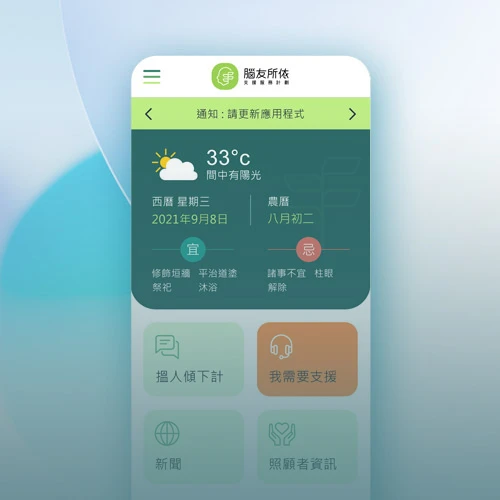
Latest Trends in Digital Services for NGOs
Chat-GPT: The Secret Weapon for Content Marketing Success
Publish Date:2023-03-25
What is ChatGPT?
ChatGPT is an artificial intelligence tool that uses Natural Language Processing (NLP) to generate human-like text.
Natural Language Processing (NLP) is a branch of computer science that aims to enable machines to understand and interpret human language. It involves analyzing and processing natural language data such as text and speech, using techniques like text processing, speech processing, and natural language generation.
This makes it a valuable tool for content marketing, as it allows businesses to create high-quality content at scale without needing a large team of writers.
Benefits of Using ChatGPT for Content Marketing
With ChatGPT, businesses can generate blog posts, social media content, product descriptions, and more in minutes. Besides saving time and resources, ChatGPT can also help businesses create content that resonates with their target audience by generating personalized content based on user behavior and preferences. This not only improves the user experience but also increases engagement and conversion rates.
For example, a travel company can use ChatGPT to create customized travel itineraries for each user based on their destination preferences, travel style, and budget. This not only enhances the user experience but also helps the company stand out from its competitors by offering a unique service.
How to Use ChatGPT for Content Marketing?
To achieve content marketing success with ChatGPT, businesses should first integrate the tool into their content marketing strategy. This can be done by identifying areas where ChatGPT can assist with content creation and distribution, such as generating blog posts, social media updates, or email marketing campaigns.
1. Blog Posts
Suppose a business wants to create a blog post on a specific topic, but its writer is struggling to come up with engaging content. The business can use ChatGPT to generate ideas for the post by providing prompts such as "What are the benefits of X?" or "How does Y affect Z?". ChatGPT can then generate several ideas that the writer can use to create a high-quality blog post.
2. Social Media Updates
Suppose a business wants to create engaging social media updates to promote a new product. The business can use ChatGPT to generate multiple versions of the update by providing prompts like "Introduce our new product in one sentence" or "What are the main features of our new product?". ChatGPT can then generate multiple social media updates that the business can use to promote the new product on its social media channels.
3. Email Marketing Campaigns
Suppose a business wants to create an email marketing campaign to drive sales. The business can use ChatGPT to generate personalized emails for its subscribers by providing prompts such as "What are the main benefits of our product for subscribers in location X?" or "What makes our product different from our competitors?". ChatGPT can then generate personalized emails that the business can send to its subscribers, thereby increasing engagement and conversion rates.
Summary
To measure the success of ChatGPT, businesses can use metrics such as engagement rates, conversion rates, and time saved on content creation. For example, a business can track the engagement rates of blog posts, social media updates, or email marketing campaigns generated by ChatGPT and compare them to the engagement rates of content created without it. Additionally, businesses can track the conversion rates of content generated by ChatGPT, such as sales generated from an email marketing campaign or social media update.
In conclusion, businesses should not only focus on using ChatGPT to create high-quality content but also measure its success in their content marketing efforts to ensure the tool is bringing real value to their organization.



